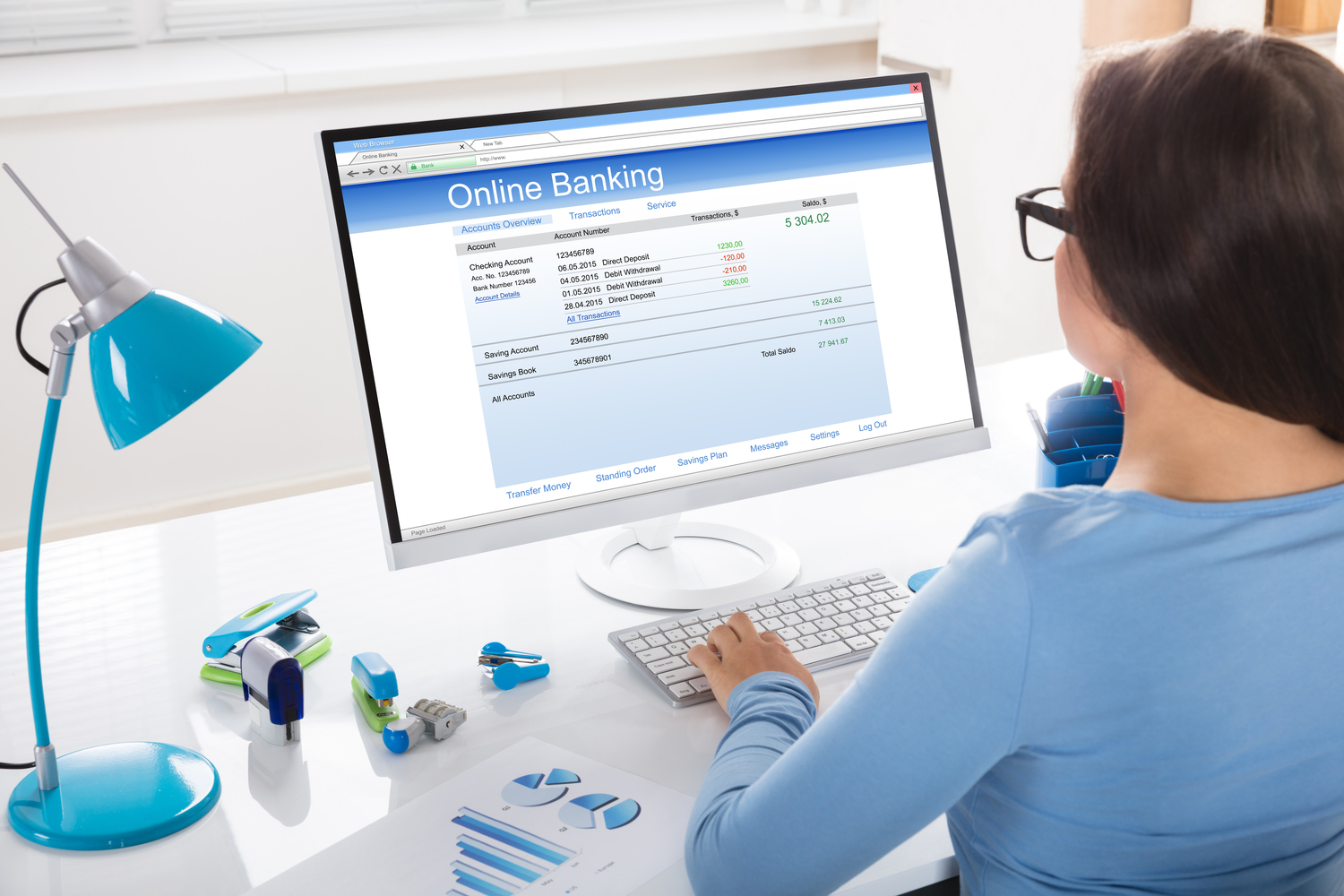
Features of checking accounts
Also called transactional accounts or demand accounts, checking accounts are a type of bank deposit that allows you to deposit and withdraw money as per your needs. The funds stored in these accounts can be accessed through ATMs, electronic debits, and checks. The difference between checking accounts and other types of accounts is the number of transactions allowed. While checking accounts allow several withdrawals and unrestricted deposits, a savings account may place limits on both. Here are some features you should know before opening one:
- Direct deposit
Checking accounts provide your employer with direct deposit facilities. It allows them to deposit your paycheck into your account electronically. This feature benefits banks as well as it gives them a stable flow of income, which, in turn, allows them to provide their customers with loans and credit lines. As a result of this feature, many banks will offer you free checking accounts, which means you do not need to have a minimum balance or pay monthly maintenance fees. - ATMs
Banks do not stay open for 24 hours, but that does not mean their services close down as well. ATMs allow you to withdraw cash at any time, but you should know the cost of using them.
Using your own bank’s ATM is completely free, but you might have to pay surcharges for using an ATM owned by another bank. These surcharges can be from your bank or from the bank that the ATM belongs to. - Cashless banking
Debit cards have been important for anyone using a checking account. They are easy to use and provide you the benefits of a credit card without having to deal with a load of higher interest rates. Many banks protect you from identity theft through zero-liability fraud protection on debit cards. - Interest
You should prepare yourself to pay a lot of fees if you plan to open an interest-bearing checking account. This is especially true if you are unable to keep a minimum balance. A survey in 2018 states that the minimum balance needed to avoid paying a monthly fee for an interest checking account is $6,319 on average. This amount is 2.56% lower than the previous year. For non-interest checking accounts, the same figure is commonly found to be $1,500. - Overdraft protection
An overdraft is described as an attempt to withdraw more cash than the amount present in your account, and it applies specifically to purchases. If you have a checking account, your bank can protect you from overdraft. If you debit excess money out of your account, the bank may cover the difference in the form of a credit line, but it will charge you a fee for the overdraft. This allows you to withdraw money in the case of an emergency even if you don’t have it.



